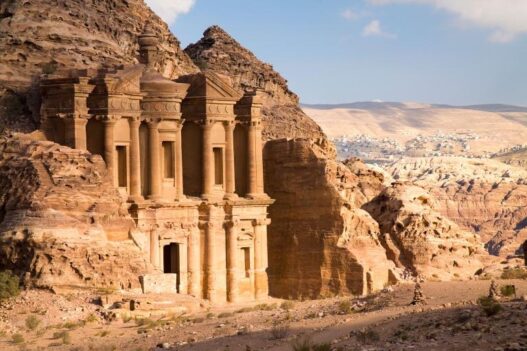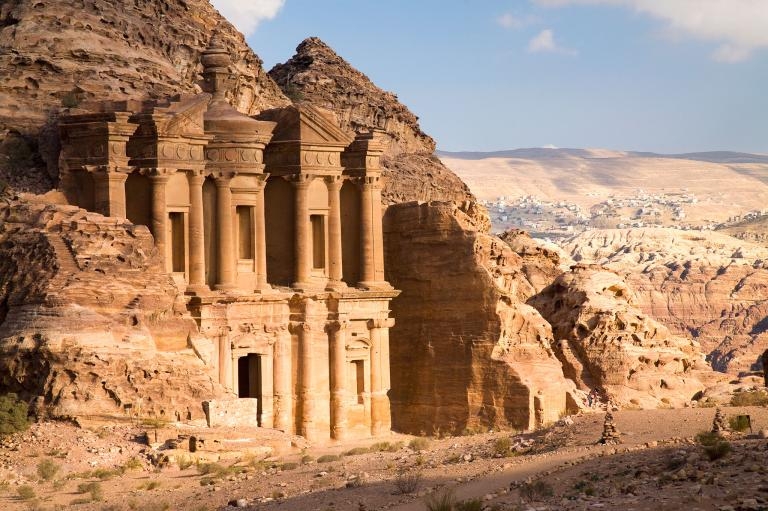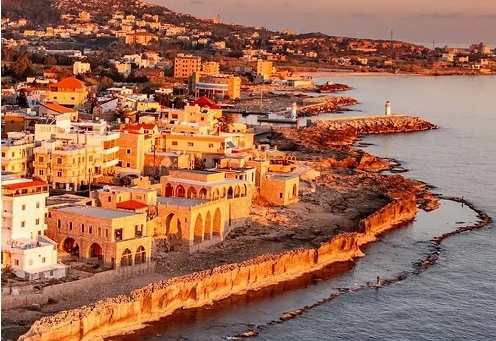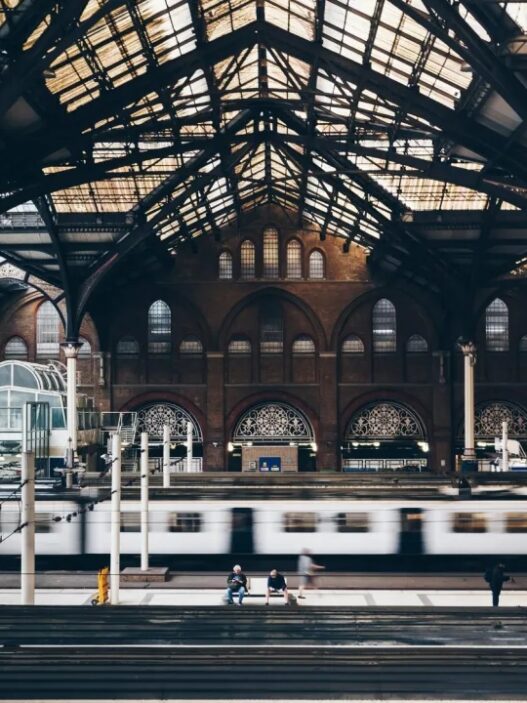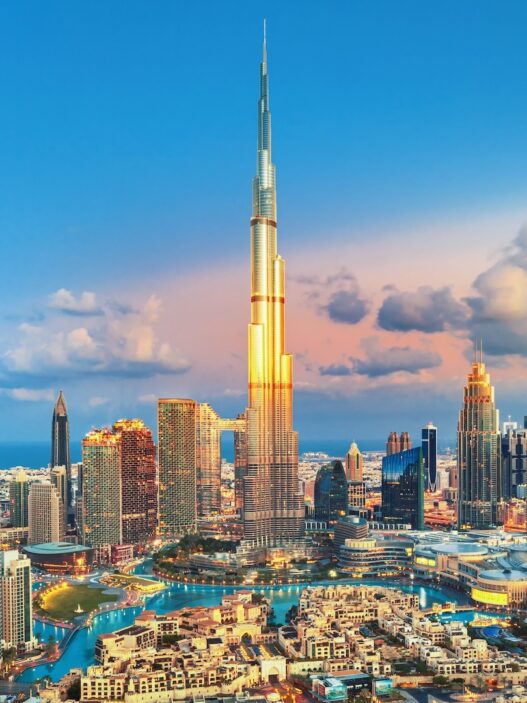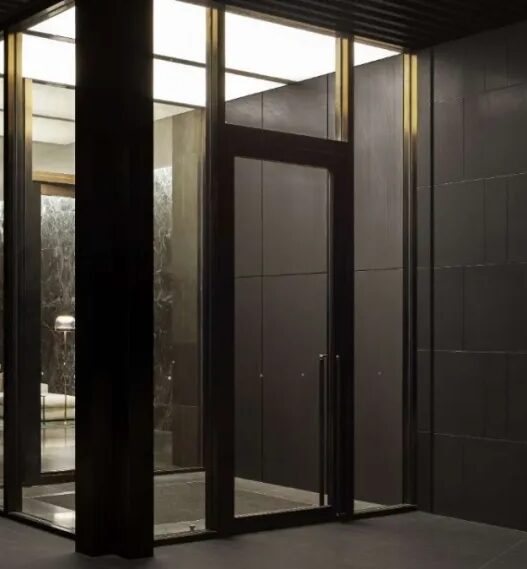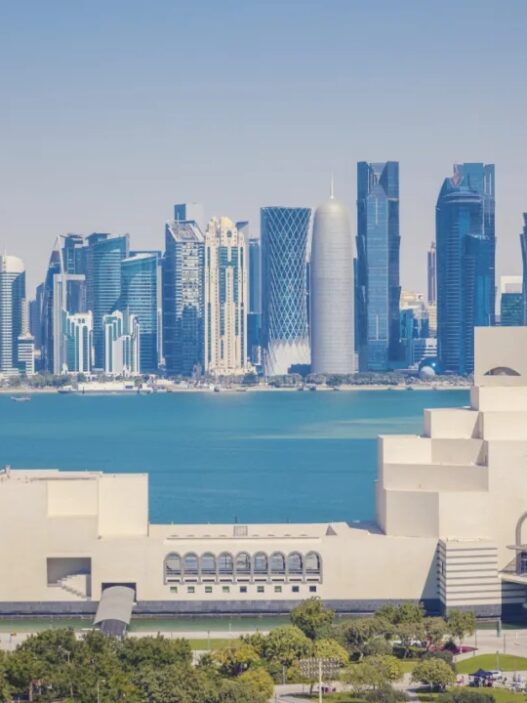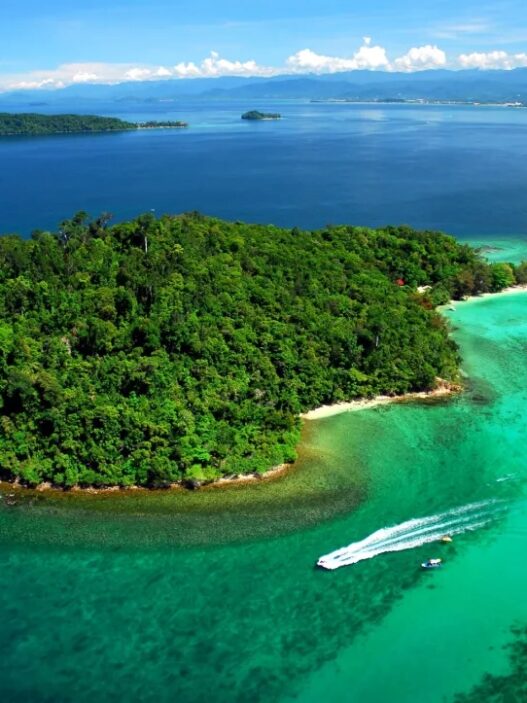Jordan
With the azure Red Sea, the tranquil Dead Sea, and the mysterious Petra sand dunes, Wadi Rum is a dream destination for fans of “The Martian” and “Indiana Jones.” Jerash, the “Pompeii of the Middle East,” has Amman, which carries half of global history with its historical sites everywhere. Of course, there’s also Madaba, the city of mosaics, and Mount Nebo, the resting place of Moses, just 20 kilometers from Jerusalem.
Attractions Distribution
Petra
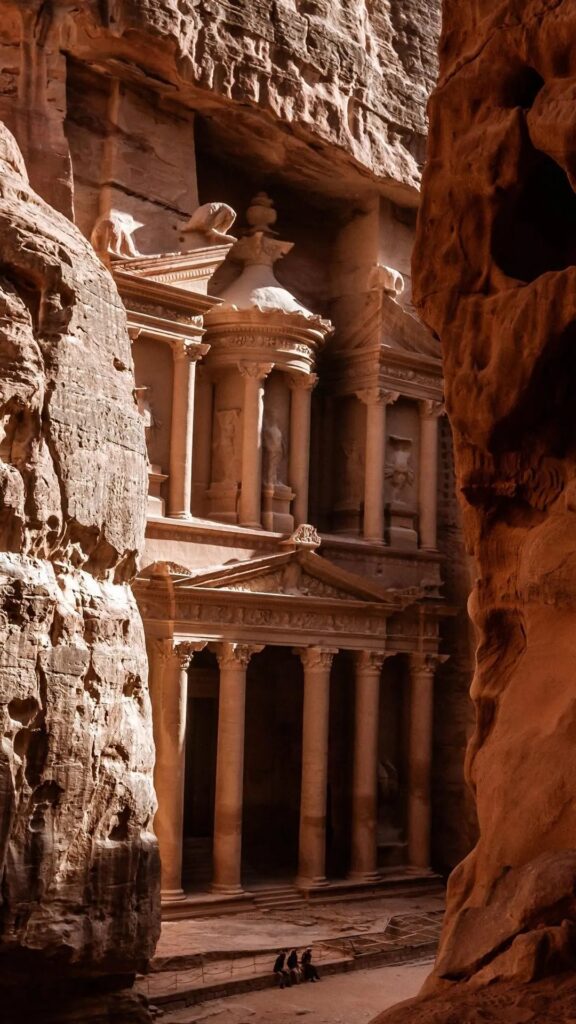
Considered one of the Seven Wonders of the World, built in the 4th century BC, this ancient city is carved from red rock. Also known as the “Pink City,” its main attractions include the Treasury, the Monastery, the Theater, and the Royal Tombs.
Jerash
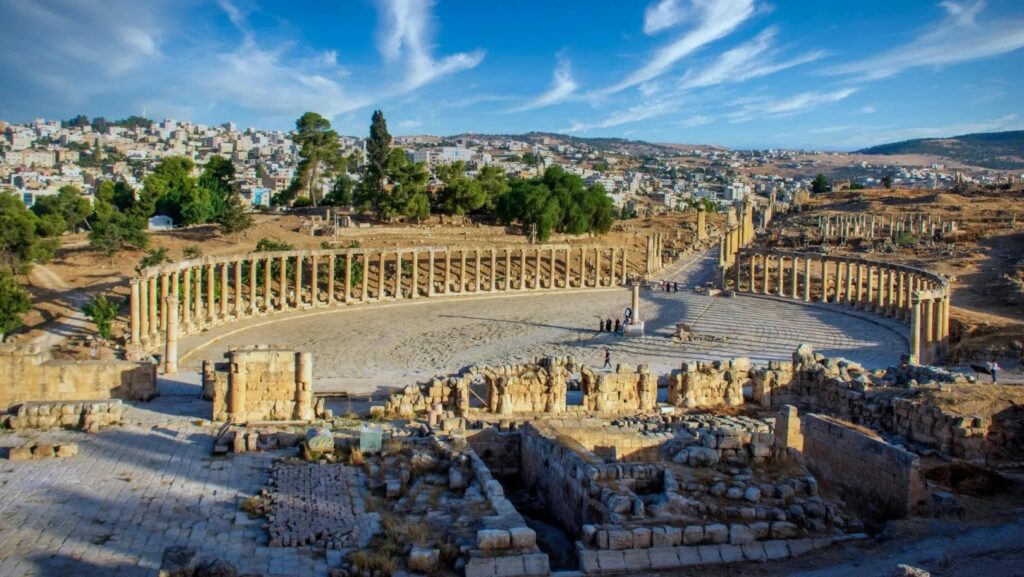
Once an important city of the Roman Empire, it retains a wealth of ancient structures and ruins. Main attractions include the 2nd-century AD theater, which could seat about 6,000 people, a jewel of Roman architecture.
Amman Citadel
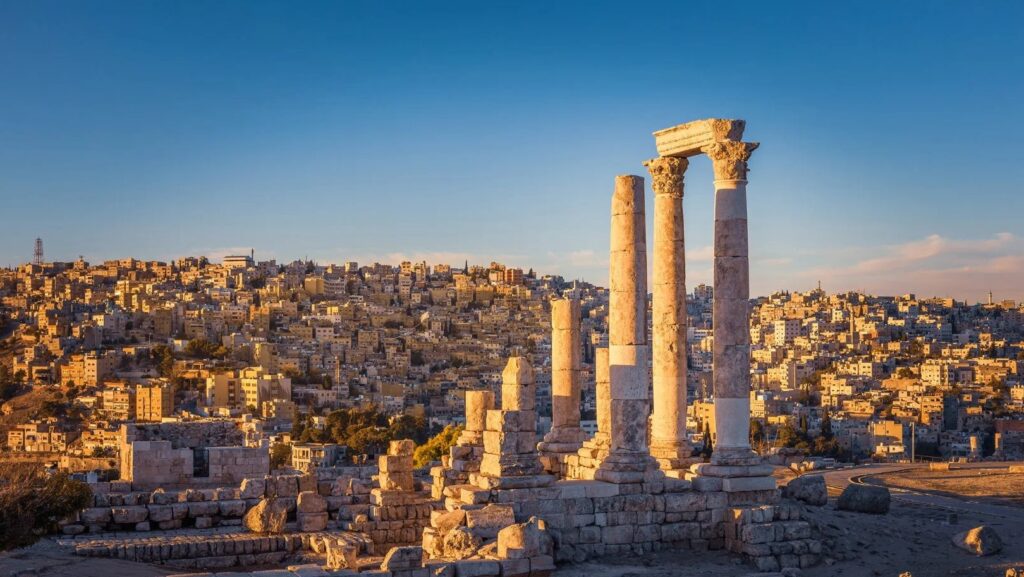
The highest point in Amman, it features several ancient castle ruins like the Citadel of Amman. Recommended visit: Enjoy panoramic views of Amman while visiting the museum and the ruins on Citadel Hill.
Abdullah I Mosque
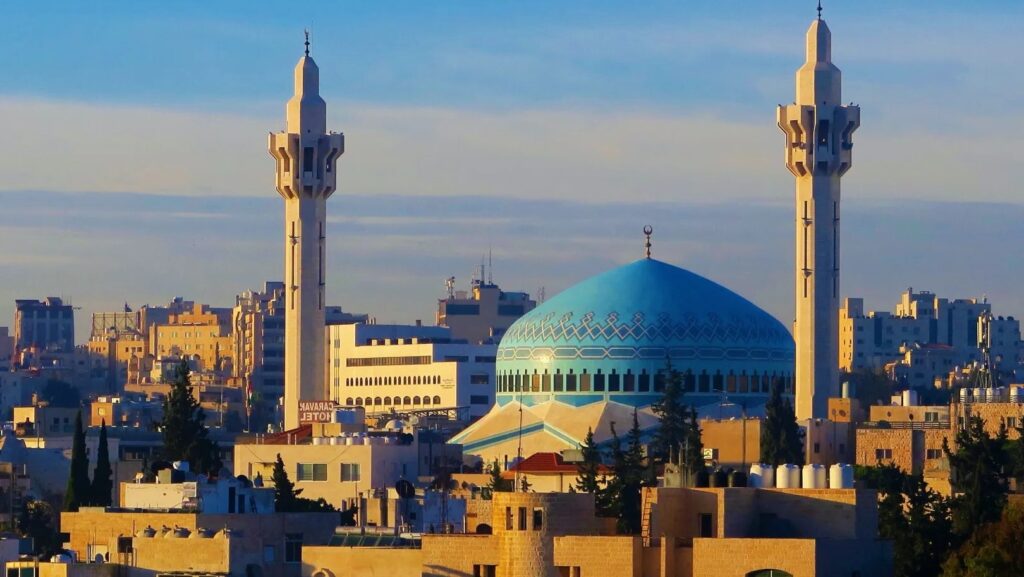
One of the largest mosques in Amman, it’s also one of the city’s landmarks. As an important cultural heritage of Jordan, the mosque not only showcases Jordanian architectural art but also holds significant historical and cultural importance.
Aqaba
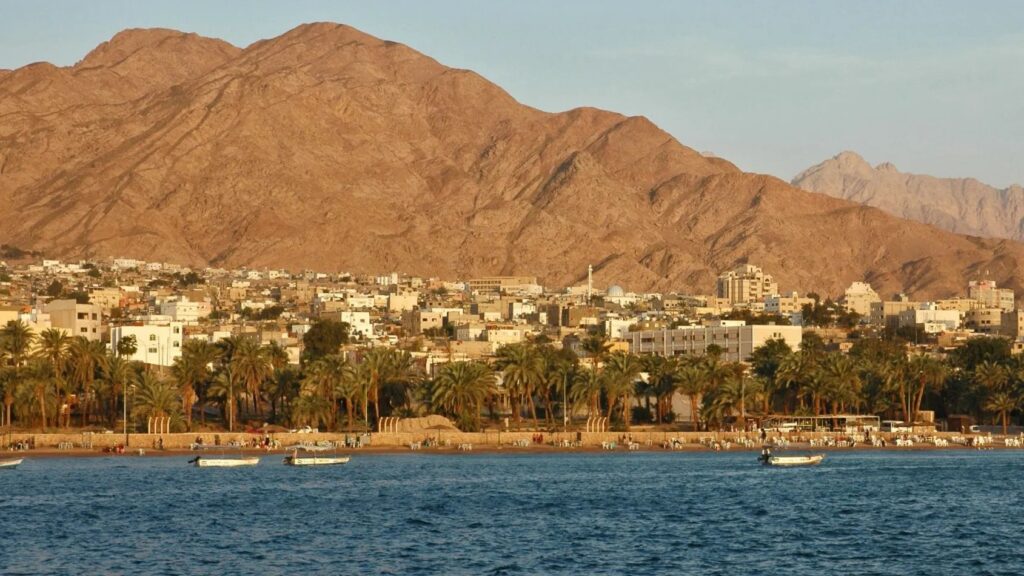
Located in the south of Jordan, on the shores of the Red Sea, it is Jordan’s main port and a tourist destination. Main activities: It boasts stunning beaches and rich marine life, making it an ideal place for water sports and diving.
Dead Sea
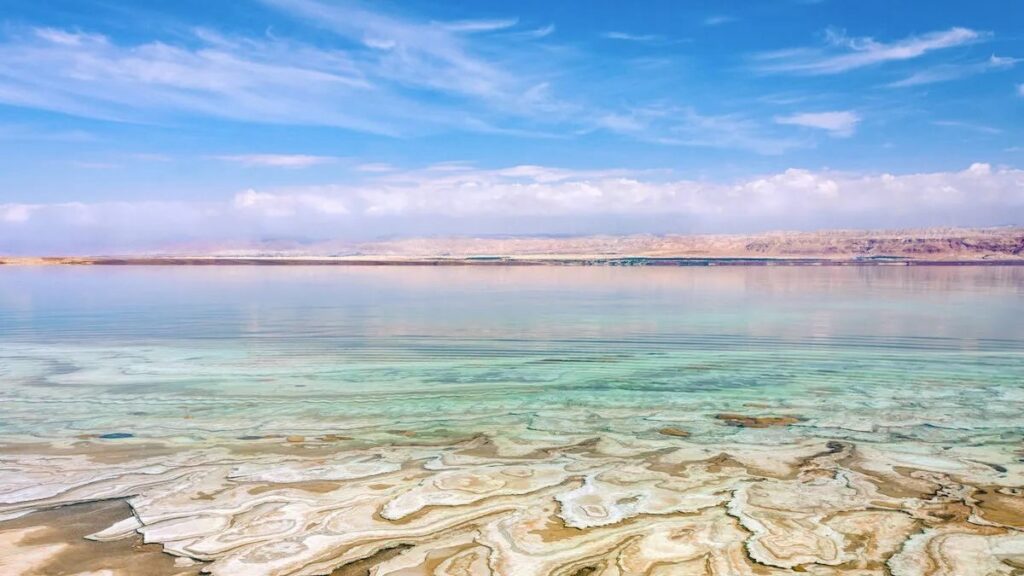
The world’s lowest landlocked lake, situated in the depths of the Jordan Valley, known for its high salinity, allowing for a unique floating experience while enjoying spectacular views.
Wadi Rum
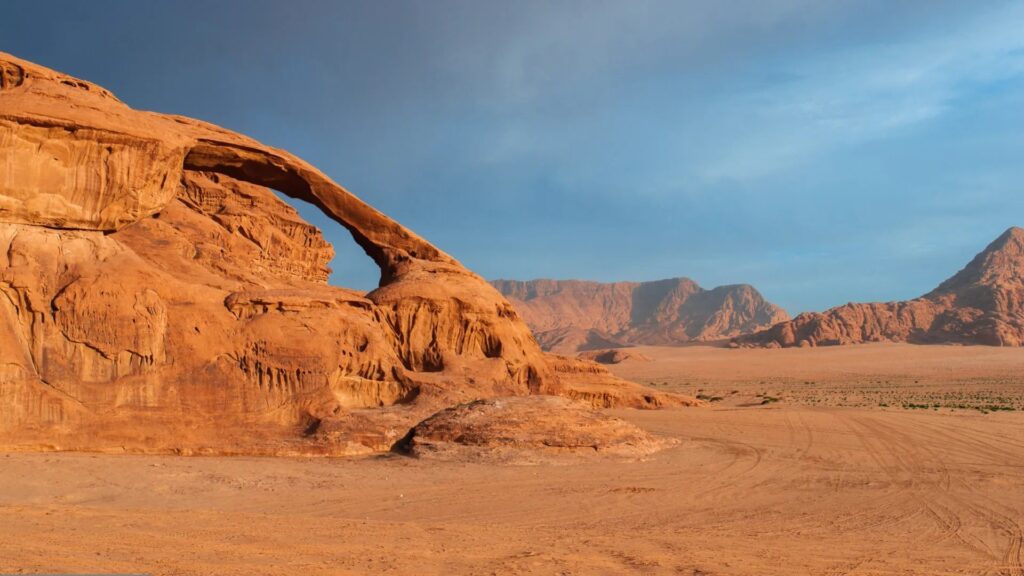
Located near the ancient city of Petra, it’s a breathtaking sight with narrow canyons and towering rock walls that change colors in the sunlight. You can opt for a desert tour, dining in the desert, feeding camels, and taking memorable photos. The starry skies here are also incredibly enchanting.
Ma’in Hot Springs
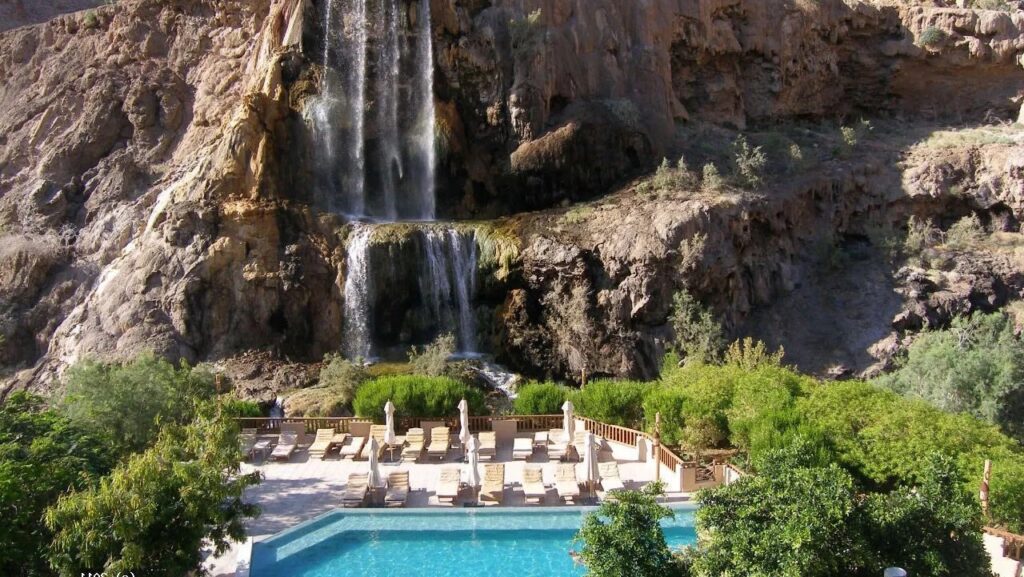
Near the Dead Sea, it’s a natural hot spring resort where the water is rich in minerals, believed to be beneficial for skin and health.
Must-Try Foods
Manaeesh
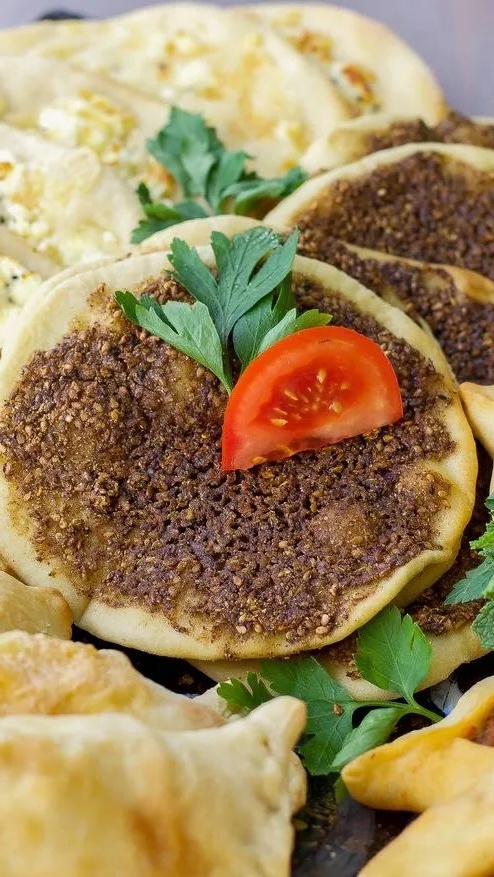
Traditional Jordanian bread with a crispy crust and soft interior, often filled with various toppings like cheese, sesame, vegetables, and meat.
Moussaka

Made with lamb, potatoes, and eggplant, cooked in a unique way by first stewing the lamb until tender, then adding potatoes and eggplant, and finally topping with a rich tomato sauce.
Hummus

A traditional dip made from chickpeas, smooth in texture and rich in flavor, usually served with pita bread, a favorite among Jordanians.
Shawarma
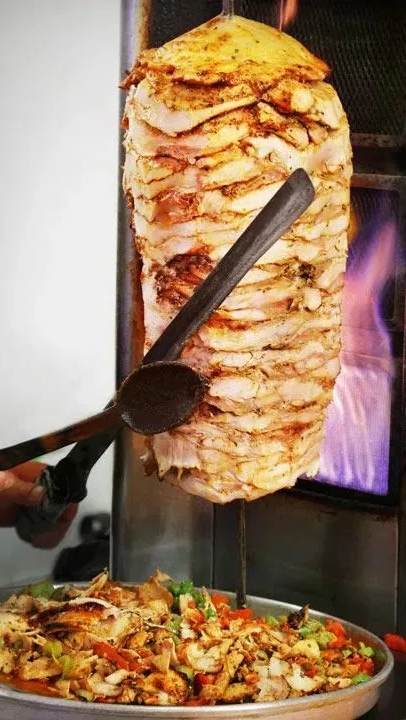
Thin slices of chicken, lamb, or beef, roasted slowly on a vertical spit, tender and aromatic, typically served with vegetables and rice.
Falafel
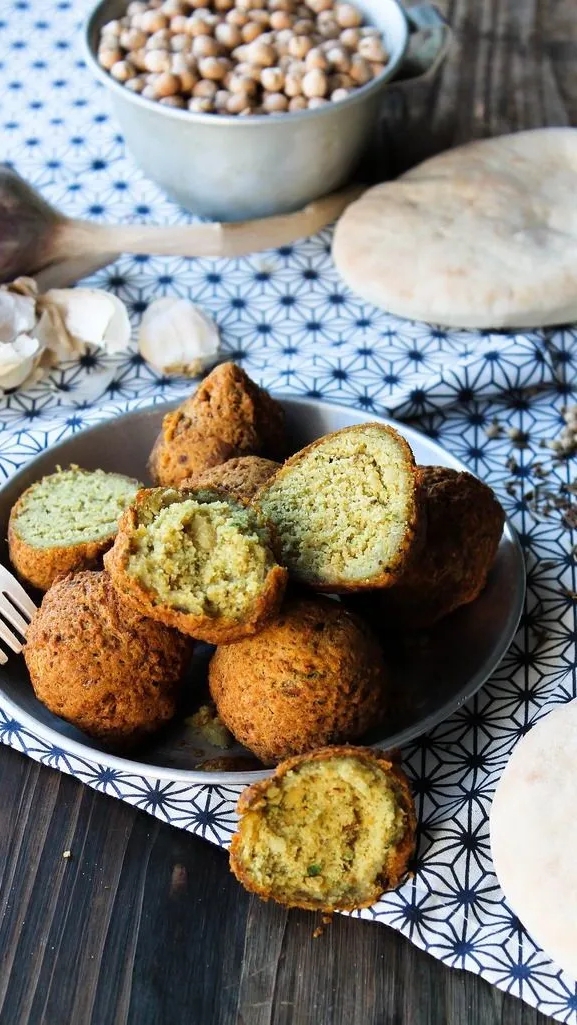
Fried chickpea balls, crispy on the outside and flavorful, often accompanied by salad and sauce, a common street food in Jordan.
Kebab
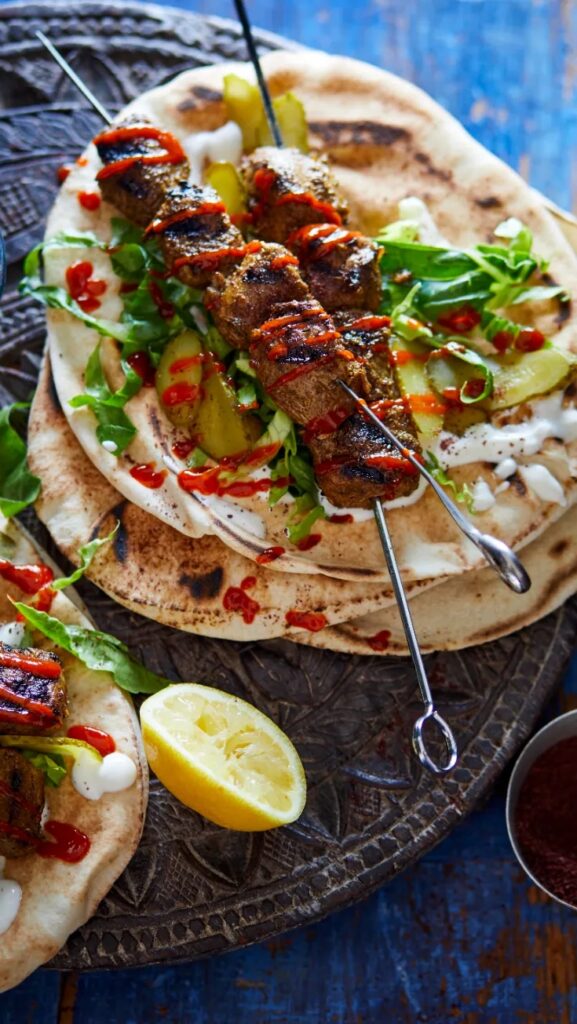
Skewered and grilled meats like lamb, chicken, or fish, juicy and flavorful, loved by Jordanians.
Muhammara

A traditional dip made from red peppers, walnuts, and olive oil, with a smooth texture and a spicy, flavorful taste, often served with vegetables or bread.
Warbat & Baqlawa

Traditional Arabic sweets with a unique taste, sweet but not cloying, a delicacy in Jordanian desserts.
Best Time to Travel
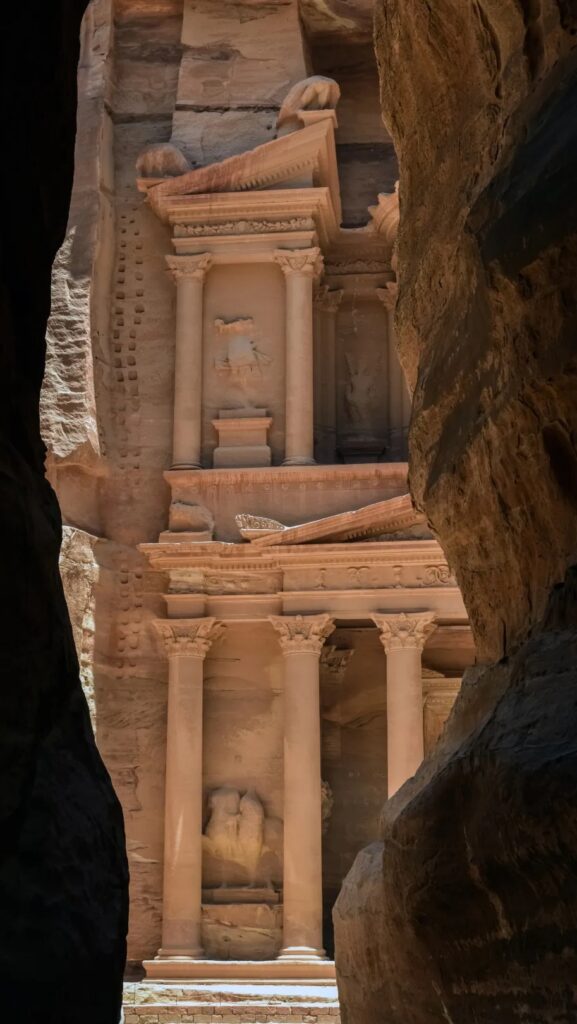
Climate
The western highlands of Jordan have a subtropical Mediterranean climate, with mild weather. The average temperature in January is 7-14°C, and in July, it’s 26-33°C. The eastern and southeastern regions are desert. Jordan suffers from water scarcity, being listed among the top ten water-scarce countries in the world. The western mountains and Jordan Valley receive 380-630 mm of rainfall annually, while the eastern desert regions have harsh climates with large temperature differences between day and night, low rainfall under 50 mm, and are dry with significant wind and sand.
Best Travel Season
The best times to visit Jordan are in the spring (March to May) and autumn (September to November). These seasons offer moderate weather, neither too hot nor too cold, ideal for outdoor activities and sightseeing.
Spring (March to May)
Temperatures are mild, with warm days and cool nights, perfect for hiking, exploring ancient sites, and visiting museums. Spring is also a great time to watch migratory birds, making it a good choice for birdwatchers.
Autumn (September to November)
The skies are blue, the sun is bright, and it’s an excellent time for photography and outdoor activities. You can float in the Dead Sea or visit Petra to feel the weight of history. Autumn is also a good time to taste local cuisine and participate in cultural festivals.
Summer (June to August)
Jordan has plenty of sunshine, but the temperatures are high and dry, making it less suitable for prolonged outdoor activities.
Winter (December to February)
Although cooler, it’s relatively dry and clear, making it a good choice for those who prefer tranquility and photography. However, tourists should prepare for cold nights.
Preparations Before Traveling
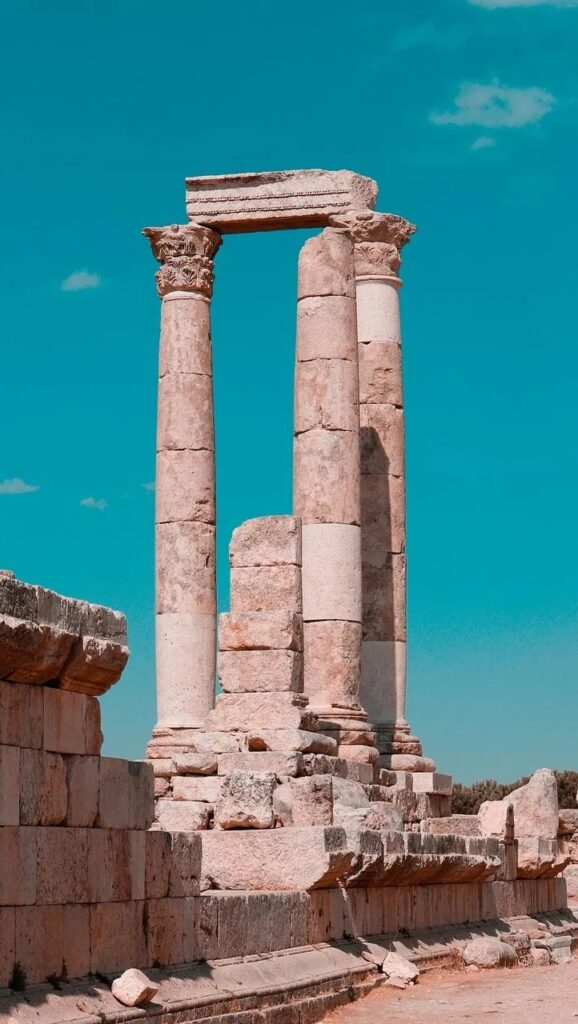
Language
The official language of Jordan is Arabic. Additionally, English is widely spoken, especially in tourist areas and commercial places. Therefore, knowing Arabic or English will be very helpful when traveling or conducting business in Jordan.
Religion
Jordan’s religious landscape is diverse, with Islam being the predominant religion, with 92% following Sunni Islam. About 6% of the population adheres to Christianity, primarily the Greek Orthodox faith.
Customs
Neither men nor women wear jewelry with religious significance.
Jordanians prefer to look directly at the person they’re talking to, standing very close.
They consider looking away or wandering eyes as disrespectful.
They dislike having someone’s soles of their feet pointed towards them.
It’s forbidden to pass things with the left hand.
Local shops and streets mostly use Arabic, but those in the tourism industry often speak English.
During Ramadan, tourists should be mindful not to eat, drink, or smoke in public during the day.
When inviting locals for a meal or tea, do so only after sunset.
When taking a taxi, it’s customary to tip an additional 10%, and the same applies when staying at a hotel.







